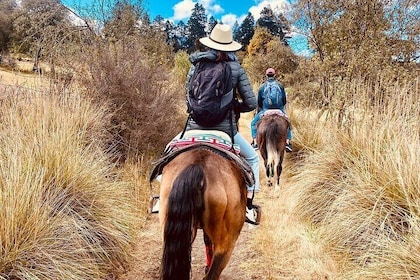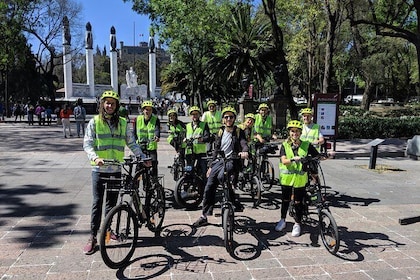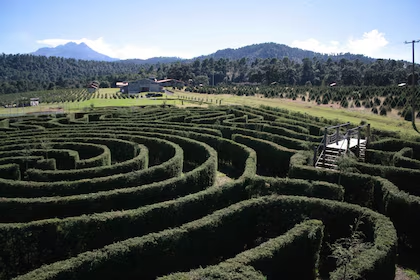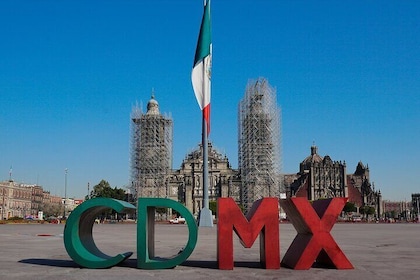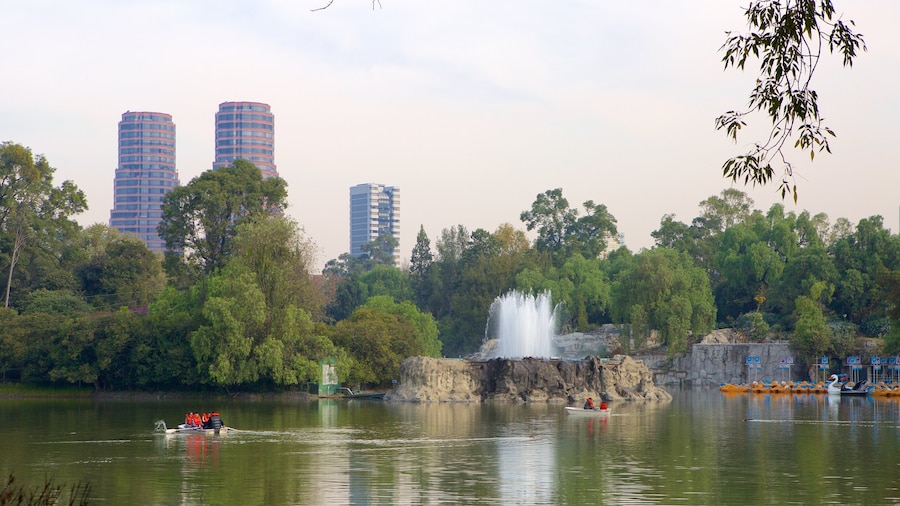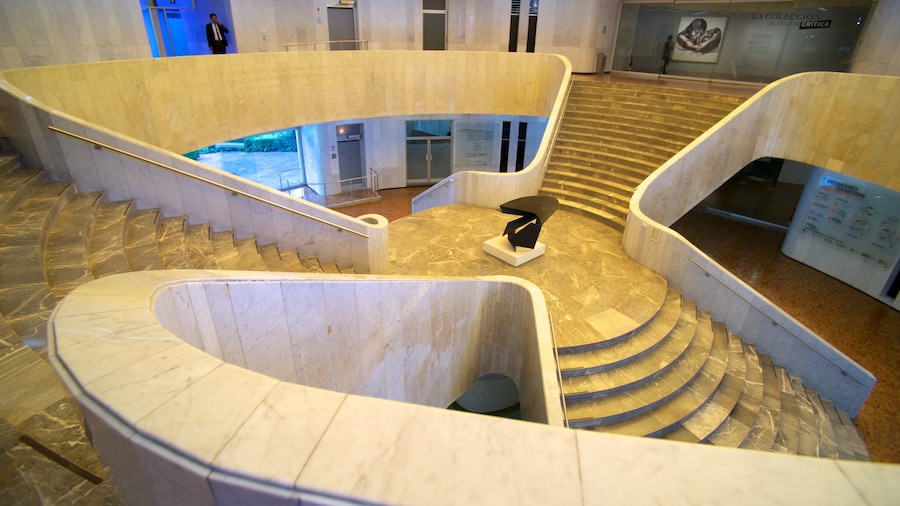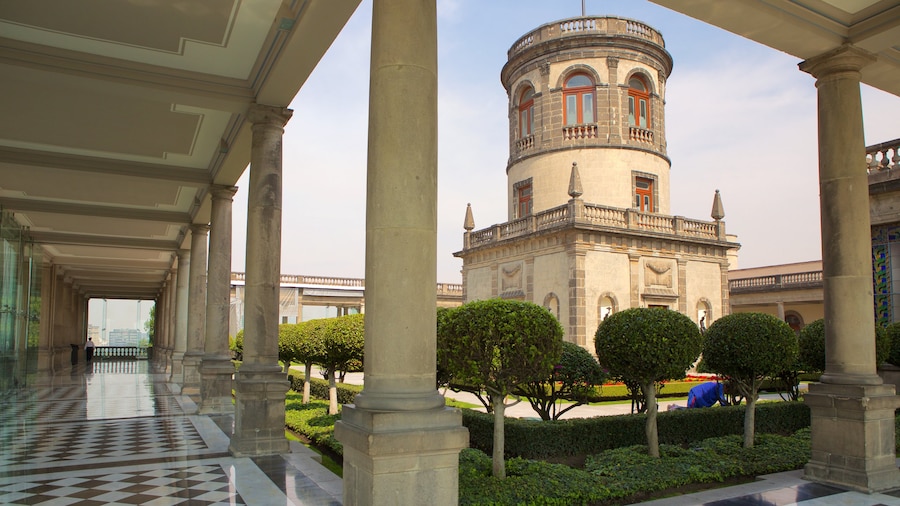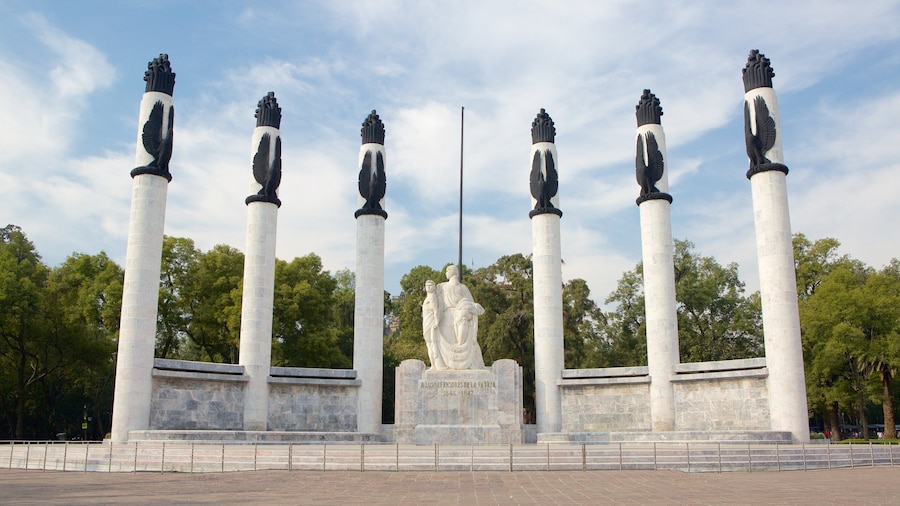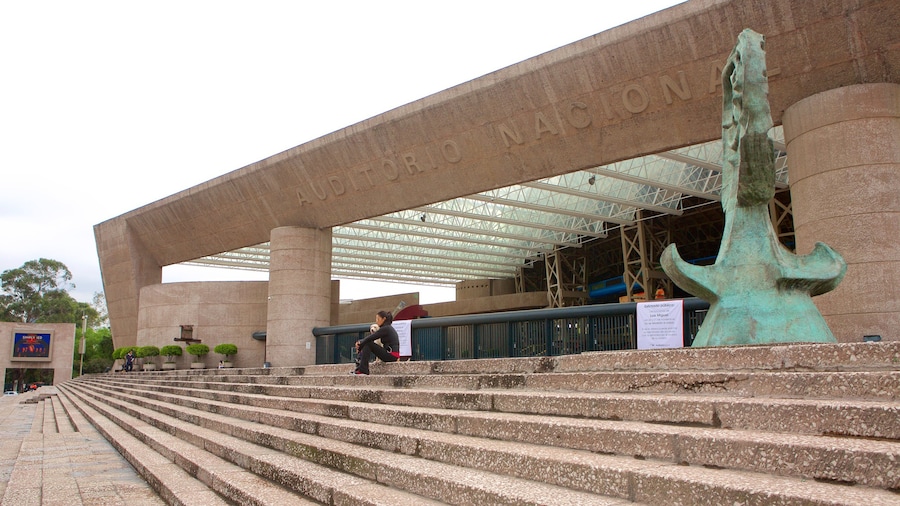Find thousands of ancient artifacts, from Mayan tombstones to an Aztec calendar, at one of the world’s great archaeological museums.
The National Museum of Anthropology (Museo Nacional de Antropología) in Mexico City holds one of the largest archaeological collections in the world. See headdresses, tombs and reconstructed temples from the ancient Aztec and Mayan civilizations. Learn about Mexico’s pre-European life, as well as present-day indigenous culture. The museum has more than 20 exhibition rooms, so you can easily spend several hours here.
Start on the ground floor, which contains nearly 8,000 archaeological artifacts from the ancient Mesoamerican civilizations of Aztec, Maya and Olmec. There are stone carvings of large heads from the Olmec civilization. The Maya room features traditional gravestones and a reconstructed temple with detailed murals.
The museum’s most famous artifact is the Piedra del Sol, or the “Stone of the Sun.” This Aztec stone calendar dates back to the 1400s and was discovered under one of Mexico City’s main squares. The basalt stone is 12 feet (4 meters) wide, and weighs some 24 tons (21 tonnes). The detailed patterns of the engravings show a high level of artistry. Nearby, discover statues of Aztec goddesses as well as a small-scale model of the Aztec capital Tenochtitlan, the area known today as Mexico City.
The upstairs rooms of the museum offer insight into the present-day indigenous populations of Mexico. See how the descendants of the Aztecs and Mayans live today. Objects range from household tools to clothing, art and religious artifacts.
The National Museum of Anthropology is located in Chapultepec Park, just west of the city’s Historic Center. Metro and bus stops are nearby.
The museum is open daily except Monday and there is an admission fee. Rent an audio guide from the ticket office, as not all of the exhibits have explanations in English. Walk to the nearby historic center afterwards for restaurants and cafés.
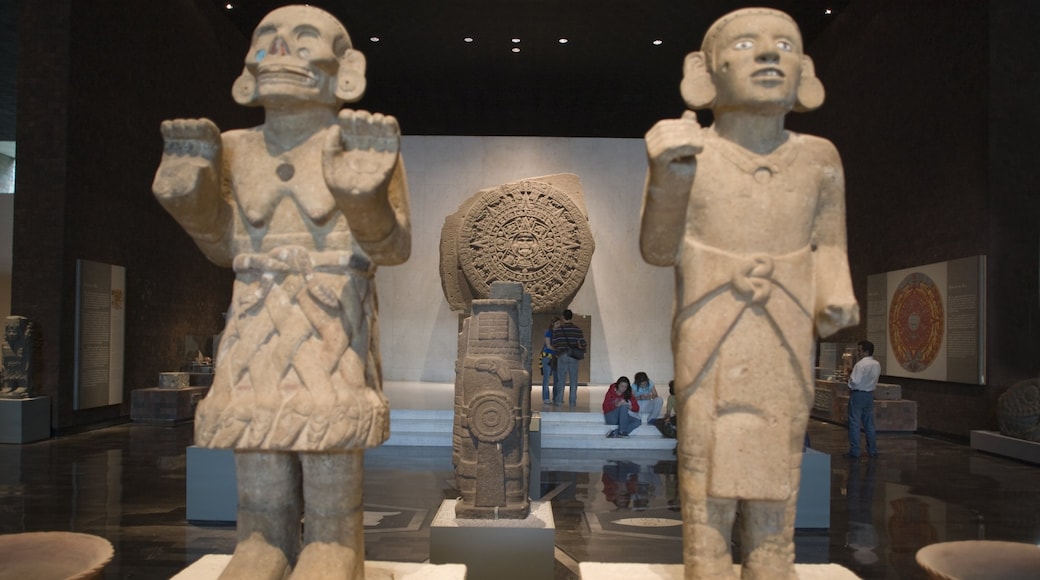







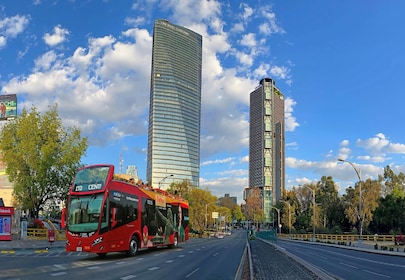
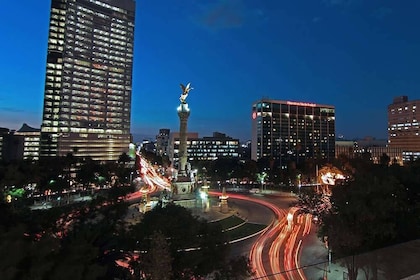





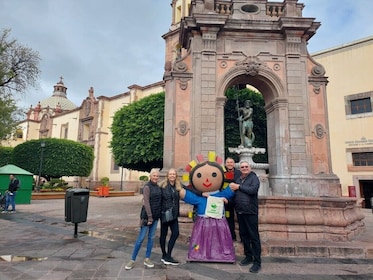



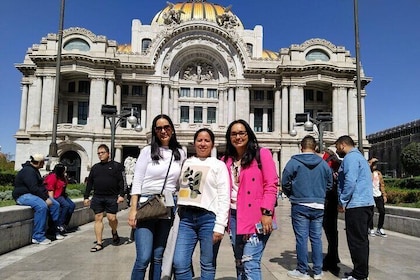



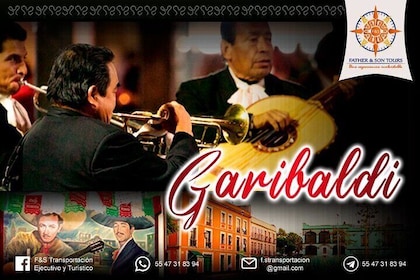
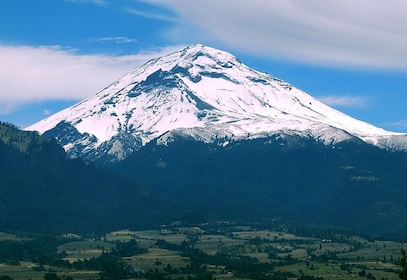
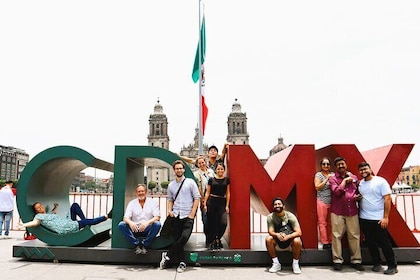






![Frida Kahlo VIP [Museum Tickets Included] Walk, Markets & Churros](https://mediaim.expedia.com/localexpert/46412059/4d1c2a37-203c-41d5-9403-6c5a28e68093.jpg?impolicy=resizecrop&rw=500&rh=280)










![Frida Kahlo VIP [Museum Tickets Included] Bike, Markets & Churros](https://mediaim.expedia.com/localexpert/46206678/8c901bf2-984d-4df4-9b1b-c5679c6669c3.jpg?impolicy=resizecrop&rw=500&rh=280)
